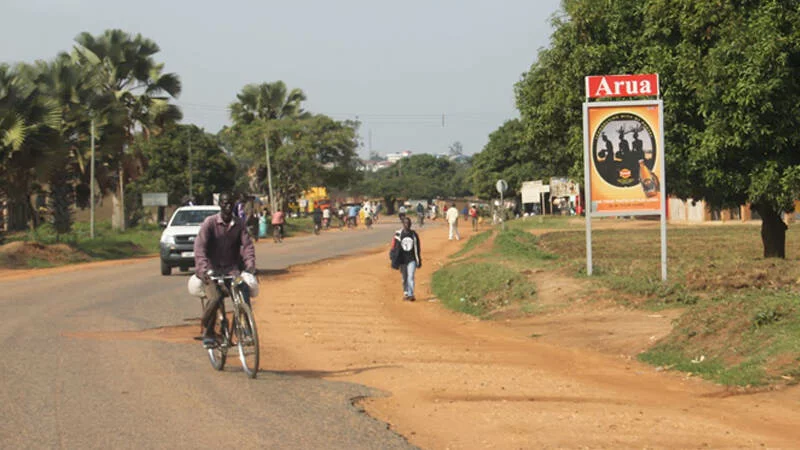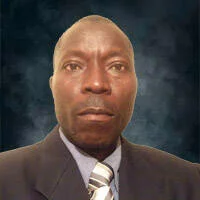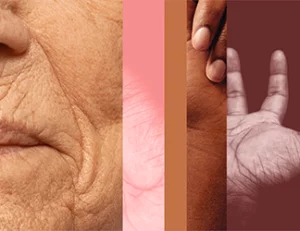Aru is the name of my small home town located in the northeastern part of the Democratic Republic of Congo (DRC), in the Ituri District. It could have been called the “Salem of DRC.” In June 2001, several hundred people accused of witchcraft were brutally killed exclusively in Aru, one of the counties of the Ituri District.
There is almost no remorse for those killings, because the majority of this ethno-linguistic community of Lugbara people to which I belong (and many other DRC ethno-linguistic groups in DRC) still believe that misfortunes are caused by other people who are really witches, and that the hundreds of people that were killed as witches were themselves guilty of murder and thus merited death. Though the law of the DRC does not recognize witchcraft as a reality, none of the killers were arrested or taken to court. The legal system remained indifferent, as if it was silently approving the murders.
Bewitched, a True Story
During my last visit in February 2015 in that Aru town, I visited Lady Adelphine (not her real name) who is well known to me. She was complaining that her six-month-old baby was bewitched by one of her neighbors. The accused lady, whom I will call Immaculée (again, not her real name), is a young childless widow who lives alone in her grass-roofed hut. From her appearance, one could easily notice that she is one of the numerous poor ladies in town. The sickness the baby was suffering from appears in the form of internal wounds affecting the tube of the digestive system from the mouth to the anus. The baby lost his appetite and could not be breastfed. The skin covering the lower part of the black baby’s body was dotted with red wounds. The disease is called Aula.
According to the ladies in Aru town and many other towns in eastern DRC, the disease had been imported from another tribe called Budu (a tribe originating from Uélé District in the west of Ituri District and believed to be famous for witchcraft). The witch does not have to touch the baby. All she does is to fix the breast of the mother with her eyes, transmitting the disease through eye contact. The baby gets the disease during breastfeeding. Sometimes, the witch will provoke some tears in her own eyes to ease the bewitching process, it is said.
This is how Adelphine believed that her baby was bewitched with Aula by Immaculée.
Herbal Treatments vs. Modern Medicine
Adelphine took the baby to a Protestant Church Health Center. Medical personnel in that health center diagnosed an infection caused by microscopic fungi (saprophytes). Unfortunately, they did not have adequate medication for treating those infections. For the mother, the failure by the ‘modern’ health personnel to deal with this matter confirmed that the origin of the disease could only be witchcraft. At one critical point, Adelphine, the mother of the baby, and the nurses were waiting for his death. Later, one of the nurses would ask the mother, “Did you know that your child was almost dying?” Other relatives said in confidence that the face of the child was already turning to that of a corpse.
During the baby’s hospitalization, I witnessed the baby being sneaked out of the health center about 500 meters away to receive an herbal treatment without the knowledge of the medical personnel. They would not allow that. The mother told me that the wife of another appreciated medical doctor of a government hospital in Aru goes to the same herbal healer in case of such disease. She was making her point, in her own way, that modern “medical doctors” acknowledge the “mystical” origin of that disease and their own inability to heal it. I was told that the baby was taken three times to the herbal healer. His state improved, and he did not die.
Three weeks later, I visited Adelphine. The baby recovered, though he was a bit weak. I could not be told which medicine really healed the baby. On one side, the health center personnel gave the baby lots of medication. On the other side, as always, the name and property of the herbal medicine given to the baby were not disclosed. Adelphine and many of her relatives and friends believe that (1) the modern medicine dealt only with symptoms; (2) the real healing came from the herbal treatment; and (3) the source of the disease was the envious witch-widow Immaculée.
Africa, Medicine, and the Domain of Health
One area in which witchcraft accusation is well rooted is in health domain. This is so for many reasons. First, medical technology is not advanced or is missing altogether in many health centers in DRC. Establishing an accurate cause-effect relationship in many diseases is a challenge. Medical laboratories are ill-equipped, if equipped at all. In many health centers, nurses trained to assist medical doctors are executing “medical acts.” There is a lot of guess work that goes on in establishing the proper diagnoses of many diseases.
Second, there are many expired or fake medicines that are being imported and sold in the uncontrolled markets inside DRC. God alone knows how many people are receiving proper medication. Third, when modern medical personnel fail in giving proper treatment, then the belief in the mystical cause of diseases takes over. Fourth, the easiest thing to do is to find the “witch” who caused the disease since elderly ladies reputed to be witches are found everywhere in the neighborhood. The “proof” of the accusations is that many babies are suffering of Aula.
I tried to question Adelphine’s confidence that the widow Immaculée was the real cause of her baby’s sickness, but she would not listen. It is not that she did not trust me in many other domains of life. But, when beliefs about witchcraft are so entrenched in people’s world view, it is not easy for people to reconsider what they have long taken for granted, especially when those beliefs are shared by the members of the community.





Comments
Be the first one to make a comment!